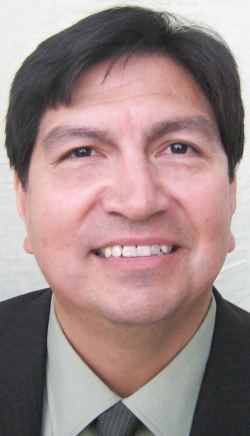NEWS RELEASE
RON SWAIN PROGRESSIVE CONSERVATIVE CANDIDATE ALGOMA-MANITOULIN
************************* BRUCE MINES, ON (September 17) - Ron Swain Progressive Conservative Candidate Algoma Manitoulin riding states:
“John Tory P.C. Leader will lobby the federal government to double-lane the Trans Canada Highway between Sudbury and Sault Ste. Marie, now that the four-lane construction work is well underway on Highway 69. We need to ensure this important economic link is expanded into our communities as well.”
The federal government has a major role to play in completing the twinning of Highway #17 and a John Tory government will make this a priority.
U.S. President Eisenhower Interstate System of highways success is evidence that a double-lane Highway #17 would assist Northern Ontario to prosper and experience real economic growth, and increase tourism.
The Trans-Canada Highway route
The Trans-Canada Highway between Victoria (BC) and St. John's (NF) is the world's longest national highway with a length of 7,821 kilometres (4,860 miles).
The midpoint of the highway is at Batchawana Bay, about 65 kilometres north of Sault Ste. Marie, Ontario.
By 1949 the Trans-Canada Highway act was passed by Parliament right after Newfoundland's decision to join Canada.
It became important to connect all the provinces together by highway.
By 1956, the federal and provincial government came to a cost-sharing agreement to encourage the provinces to upgrade existing roadways to "Trans-Canada" standards, and receive 90 percent of the cost of building new stretches to fill gaps in the roadway.
This was most notable in the rugged Canadian Shield north of Lake Superior, and mountainous British Columbia.
The goal was to connect all 10 provinces by paved road by 1967, Canada's centennial year.
The two sections of greatest difficulty were alongside Lake Superior at Sault Ste. Marie, a gap of 265 kilometres (165 miles), and a 147-kilometre (91-mile) section over the Rogers Pass between Revelstoke and Golden in BC.
In Ontario, a right-of-way needed to be cleared through virgin forest for 98 of the 165 miles and 25 bridges needed to be built, but in September 1960 that stretch was officially opened.
The Trans-Canada Highway links several provincial highways, some of which are four-lane divided, but many stretches (much through isolated wilderness and agricultural land) are still two lanes.
It connects Highway #1 (#16 is the northern route) in the BC, Alberta, Saskatchewan and Manitoba, with #17 in Ontario (#69, #12, #7 in the southern route), #40, #20 and #185 in Quebec, #2 in New Brunswick, #104 and #105 in Nova Scotia, and #1 in PEI and in Newfoundland.
There is no Trans-Canada Highway through the Yukon, Northwest Territories, or in Nunavut (nor in Newfoundland's Labrador).
Over recent years, much of the focus has been on "twinning," which puts two lanes in each direction, divided by a median.
This is equivalent to the standards for the US Interstate system.
Eisenhower Interstate System of highways (NHS)
About 98 percent of all roads in NHS have been built.
The 256,000 kilometers (km) of NHS include only four percent of the USA's roads, but they carry more than 40 percent of all highway traffic, 75 percent of heavy truck traffic, and 90 percent of tourist traffic.
Since the beginning of interstate highway construction in 1956 and for the last four decades, the interstate highway system has helped America's economy flourish and its people thrive.
A double-lane highway system moving people and goods across the USA up to Canada and down to Mexico.
*************************
